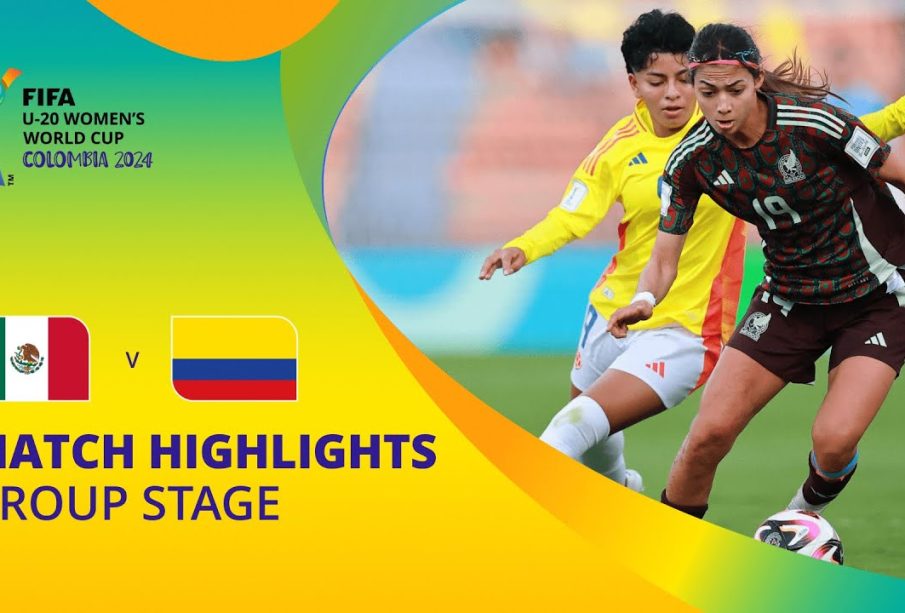Colombia vs Mexico: Beyond the Sports Rivalry

Introduction
The rivalry between Colombia and Mexico is a multifaceted phenomenon, transcending the boundaries of sports, culture, and social identity. This relationship has gained increased attention in recent years as both nations have showcased their prowess on the world stage, particularly in events like soccer matches, art festivals, and cultural exchanges. Understanding this rivalry is essential as it reflects deeper historical ties, migration patterns, and the contemporary dynamics of Latin America.
Cultural Connections
Colombia and Mexico, rich in diverse cultures and traditions, share numerous similarities and differences. Both countries celebrate vibrant festivals such as Carnival in Barranquilla and Día de Muertos in Mexico, showcasing their unique customs while also displaying the shared Latin heritage. The literary contributions of Colombian author Gabriel García Márquez and Mexican writers like Octavio Paz highlight the rich narrative traditions of these countries, often exploring themes of love, solitude, and identity.
The Sporting Rivalry
The sports rivalry between Colombia and Mexico, especially in soccer, has a long-standing history. Recent events such as the FIFA World Cup qualifying matches and the friendly games have ignited passion among fans. In their last encounter during the 2021 friendly match in Charlotte, North Carolina, Mexico claimed victory, further intensifying the competitive spirit between the two nations. These matches not only embody a battle for supremacy on the field but also evoke national pride.
Economic and Social Influences
Economically, both nations are important players in Latin America, with Colombia being known for its coffee and flowers while Mexico is recognized for its manufacturing sector and tourism. The trade relationship between the two is also significant, with increased bilateral trade agreements enhancing economic collaboration. Socially, both countries experience migration trends, with many Colombians settling in Mexico and vice versa, contributing to a blend of cultures that enriches both societies.
Conclusion
The ongoing Colombia vs Mexico narrative, whether through cultural expressions, sports competitions, or economic partnerships, plays a crucial role in shaping the identities of both nations. As they continue to engage on various platforms, this rivalry serves as a powerful reminder of their shared histories and interconnected futures. Looking ahead, one can anticipate more interactions between the two countries, fostering mutual respect and collaboration while celebrating their unique identities.









